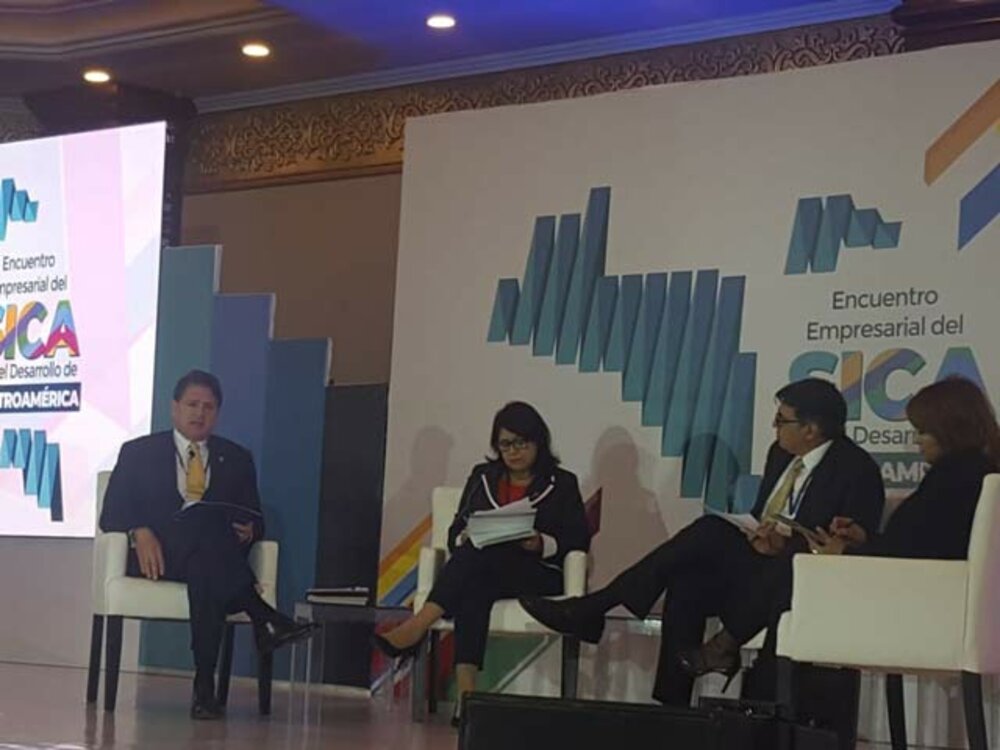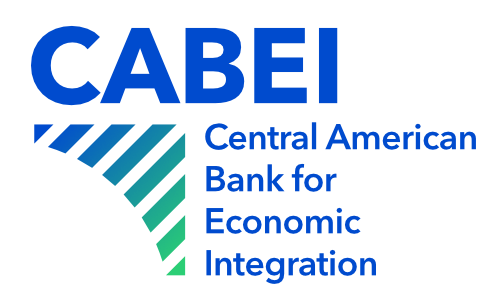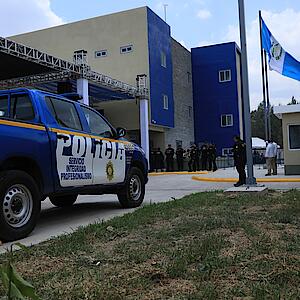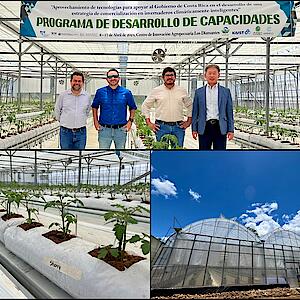CABEI in line with the 2030 Development Agenda

The forum in the context of the SICA summit will deepen the contribution of various actors, including development banks, with the UN Sustainable Development Goals (SDGs).
Guatemala City, June 4, 2019.- Today, the Central American Bank for Economic Integration (CABEI) participated in the Panel "SDG 2030 Lights and shadows for the region," as part of the Business Meeting of the Central American Integration System (SICA) for the development of Central America, which was organized by the Chamber of Industry of Guatemala and SICA.
On this occasion, CABEI Executive Vice President, Attorney Alejandro Rodríguez Zamora, ensured that, "The Bank bases its operation on an institutional strategic framework that facilitates the alignment of the Bank's mandate, which is to promote economic integration and balanced economic and social development of the Central American region, with the needs of the region and its members."
In this sense, he pointed out that said strategic framework is in line with the 2030 Development Agenda, so all Bank interventions have direct or indirect impact according to their nature with the SDGs, which are formally linked to our strategic classification framework.
The official took stock of the Bank's work from 2016 to 2018, a period in which interventions were approved for US$6.48 billion, stating that, "We have identified that 50.0% affect up to two SDGs, while 45.0% impact between two and five interventions. The greatest links were found in SDG No. 9 "Industry, innovation and infrastructure,” and No. 8 "Decent work and economic growth."
CABEI a strategic partner for the development of Central America
He explained that through various programs and interventions in its different focus areas, CABEI has established itself as the main provider of financial resources for the development of Central America, reaching successive portfolio records that through December 2018 totaled US$7.49 billion.
In the area of institutional strengthening and sustainable development, Rodriguez Zamora indicated that the Bank has consolidated strategic alliances with various partners, such as banks and multilateral development agencies, bilateral cooperation agencies, non-governmental organizations and/or foundations, private sector and global funds.
In the latter case, accreditations received by the Green Climate Fund and the Adaptation Fund stand out; this has allowed CABEI to generate financial synergies, reduce transaction costs and strengthen formulation and execution capacities of projects by incorporating elements such as flexibility in structuring, transparency with allies, compliance with fiduciary and operational standards and compliance with international environmental and social standards.
Main support for regional integration
In the framework of its new five-year strategy for 2020-2024, CABEI will focus part of its efforts on streamlining its contribution to regional integration projects.
In that regard, it is evaluating the possibility of financing the following interventions: Central American railroad; Central American gas pipeline; improvement of the SIEPAC transmission and interconnection line; development of the Gulf of Fonseca area, in which a master plan has already been prepared; and continue supporting initiatives of the customs union as has been done so far with Guatemala-Honduras and with the recent incorporation of El Salvador into that process.
The Bank makes progress in its commitment to the sustainable development of the countries, for which it manages projects with specialized sources such as the Green Climate Fund. In this line, it is expected to support issues such as the decarbonization of the region, development of renewable energies and modification of the vehicle fleet to electric cars.







